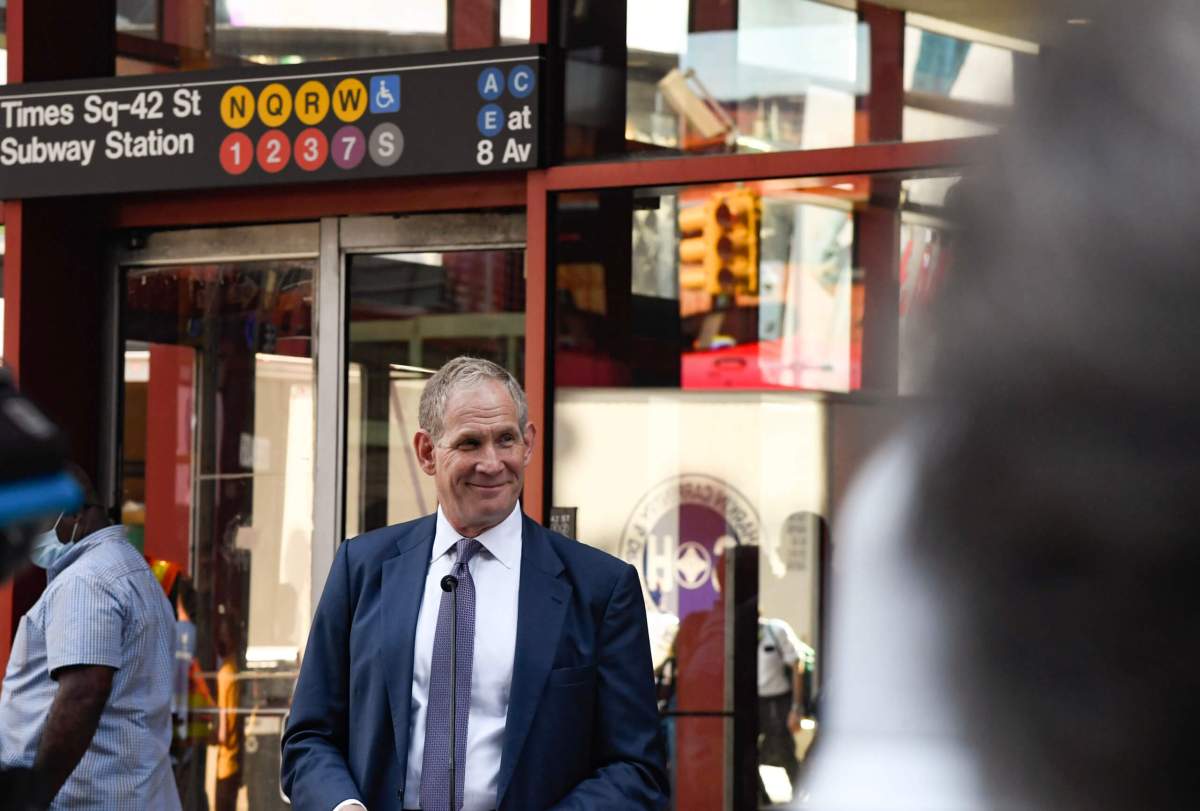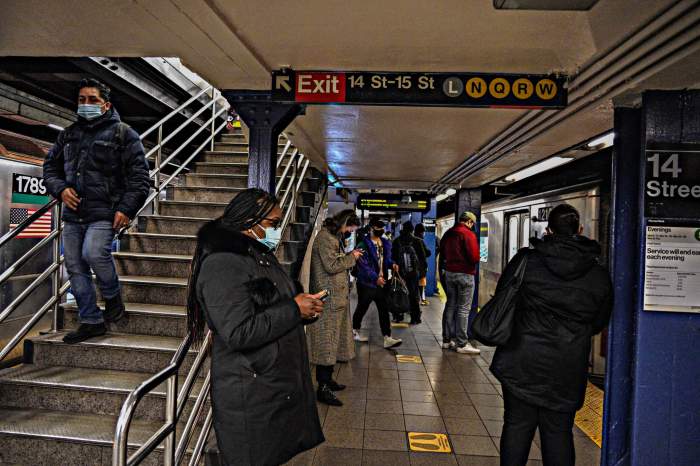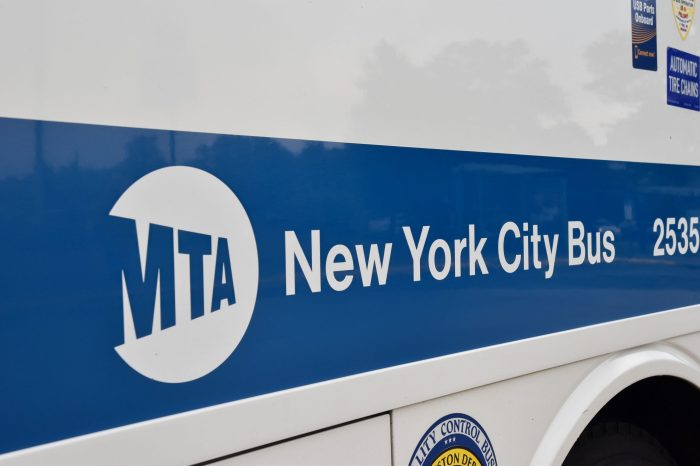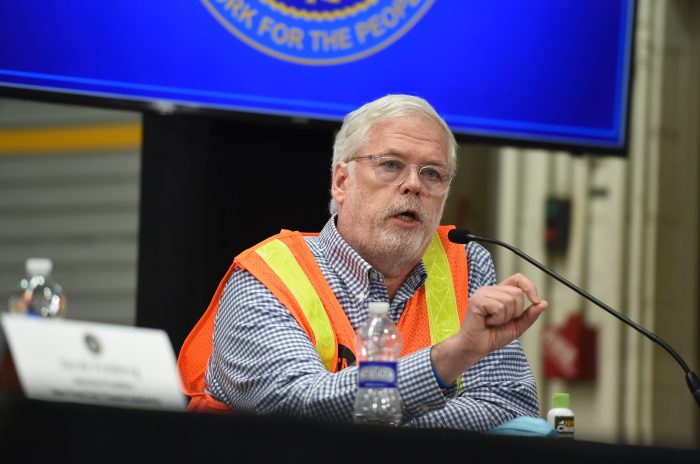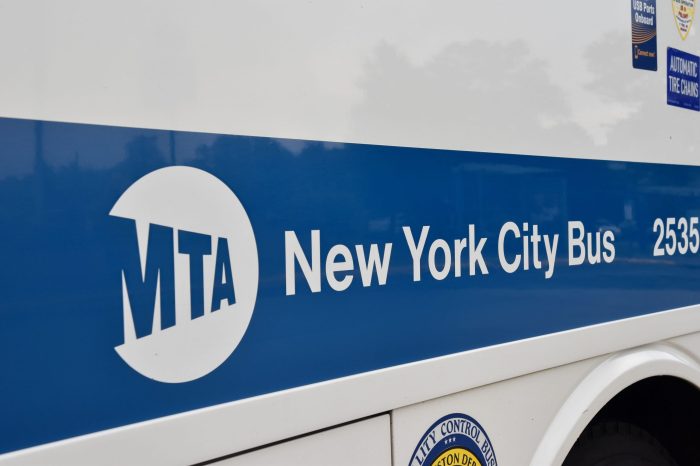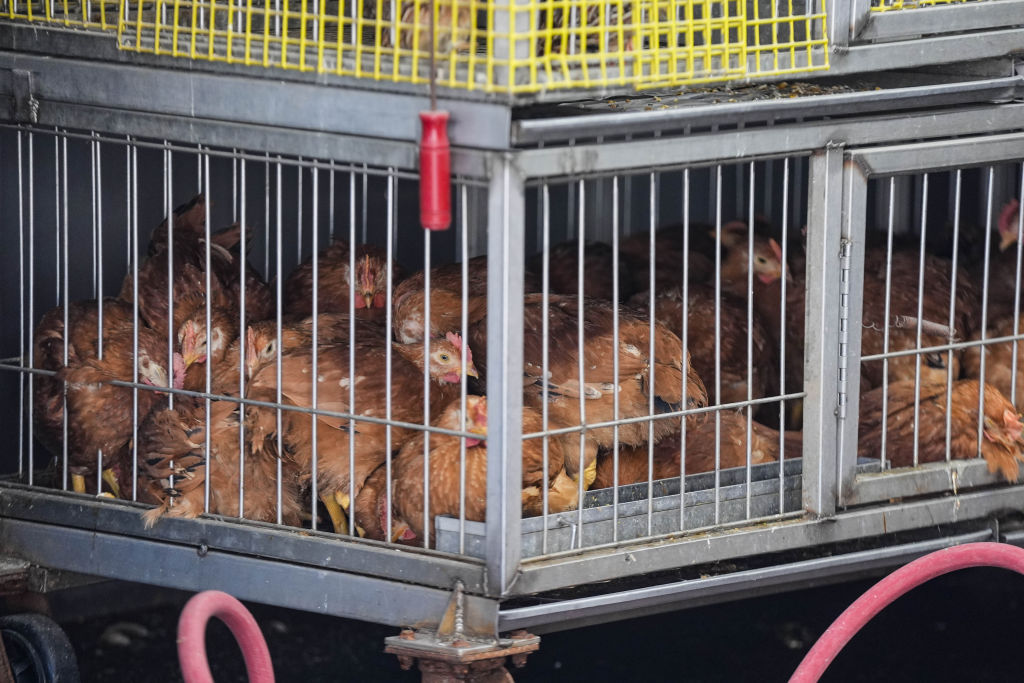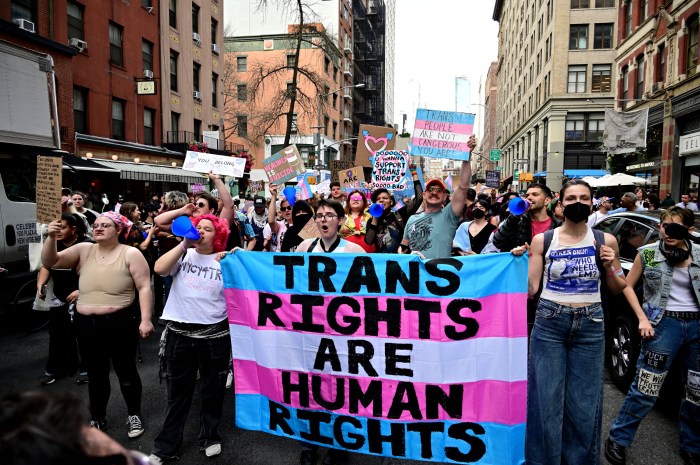It’s a new year but the MTA’s core mission remains the same— to keep New York moving with safe, reliable, and cost-effective service. Each of these points is equally important.
I’ll start with safety, which is the number one concern of current and returning riders according to our latest customer survey. Security must be prioritized if we’re going to continue rebuilding ridership post-COVID, and we’re working closely with Governor Hochul, Mayor Adams and Police Commissioner Keechant Sewell to address New Yorkers’ concerns.
All three refreshingly understand that perception is reality when it comes to the subways. Last week, they stood together with MTA officials to lay out a public safety strategy that rightly focuses on outreach and services for our most vulnerable New Yorkers and NYPD visibility on platforms and onboard trains.
These efforts are especially important as we continue to deal with crime and the growing issue of unauthorized persons on our tracks. These episodes often end tragically for the people involved, many of whom struggle with mental illness and homelessness.
There’s also a significant impact on service to consider here. In December alone, there were 116 incidents of unauthorized persons on the tracks, which resulted in over 2,000 delays for customers. This cannot continue, which is why I’ve put together a task force within the MTA focused on preventing track trespass. With support from the State and City, we will do better for New Yorkers.
The second piece of the puzzle is reliability. It’s no secret that service has been put to the test during the Omicron surge, like every other agency and company in the region. With many in our frontline workforce out sick, we’ve had to deal with staffing shortages that led to some longer wait times and line suspensions.
But thanks to the strategic thinking of our operations planning team, we’re setting a realistic schedule every day. It’s not perfect by any measure, but every one of our 472 subway stations has service, with buses holding strong at all 16,000 stops on the streets– leaving no commuter stranded. As more employees recover from the virus and new hires finish training, it will only get better. All the while, we continue to look for ways to increase speeds and improve efficiency.
The last component to our core mission is cost-effectiveness. To help riders to get the best deal possible, the MTA is launching its first-ever fare capping pilot next month for customers using OMNY. Additionally, we’re making it easier than ever to apply for a reduced fare MetroCard by introducing online applications, while working with the City to expand its Fair Fares program for low income New Yorkers.
Commuter railroad customers can expect a deal with a new 20-trip ticket option coming in February, along with reduced rates for monthly passes and the extension of our weekend flat fare City Ticket to all weekday off-peak trains.
To sum it up, a better MTA is on the way in 2022. We look forward to welcoming you aboard.
Janno Lieber is acting MTA Chair and CEO
Ask the MTA is back!
Editor’s note: The MTA and amNewYork Metro are relaunching their Ask the MTA series!
Every month, the MTA will answer your questions about everything related to subways, buses, commuter rail and the bridges and tunnels in New York.
Send your questions now to askthemta@amny.com, and they may be included in our next column, which will run next Sunday, Jan. 16.



